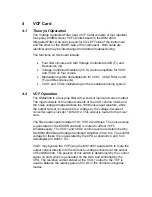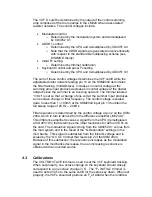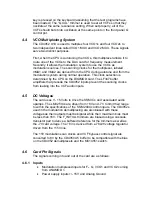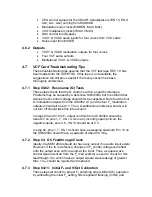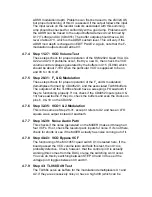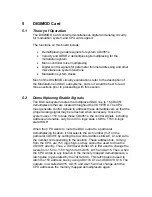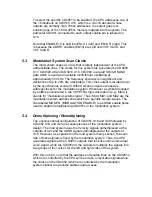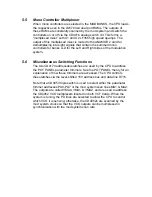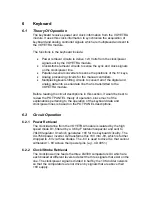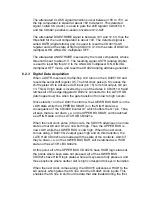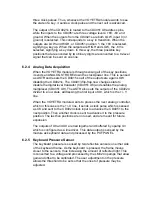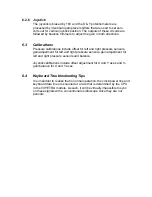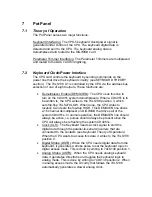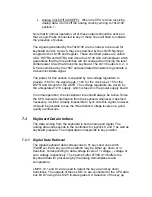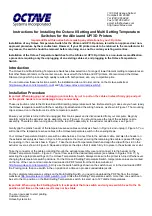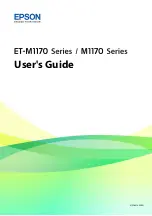
feeds the VCF card. If not, switch the CEM 3340 with a good one and
see if the problem is a bad IC.
3.7.2 Letter “B,” “C” or “D” appears
This problem may not be on the VCO but instead may be coming from
the VCF. First switch VCF cards to see if the letters appear on other
voices. If not, then pull out the ANAMOD 1 card to make sure it’s not
caused by a defective modulation system. If you still have problems,
chances are the problem is on the VCO card, but just to make sure,
switch the bad card with a good one and see if the problem is still on the
bad one. If it is, then the card is defective.
These problems can be caused by a bad CD4051, bad buffers or bad
CEM3340. First switch the CD4051 with one on a voice that has no
problems. If the problem now appears on the other voice, the CD4051 is
bad. Then try switching the suspect CEM3340 with a known good one. If
this isn’t it, you’ll have to try trouble-shooting the CD4051 buffer circuits
and support circuitry for the CEM3340.
3.7.3 Letter “E” appears or other pulse width problems
The voltage at the CEM3340 pin 5 should be about +6V or the Pulse
wave won’t turn off.
3.7.4 No
sub
octave
Check if the input to the CD4520 has a negative spike on it. If it doesn’t,
then check the coupling cap and bias resistors on the input to the
CD4520. If it is, check if the reset pin on the IC toggles when the
suboctave is turned on and off. If it does, the CD4520 is probably bad.
















